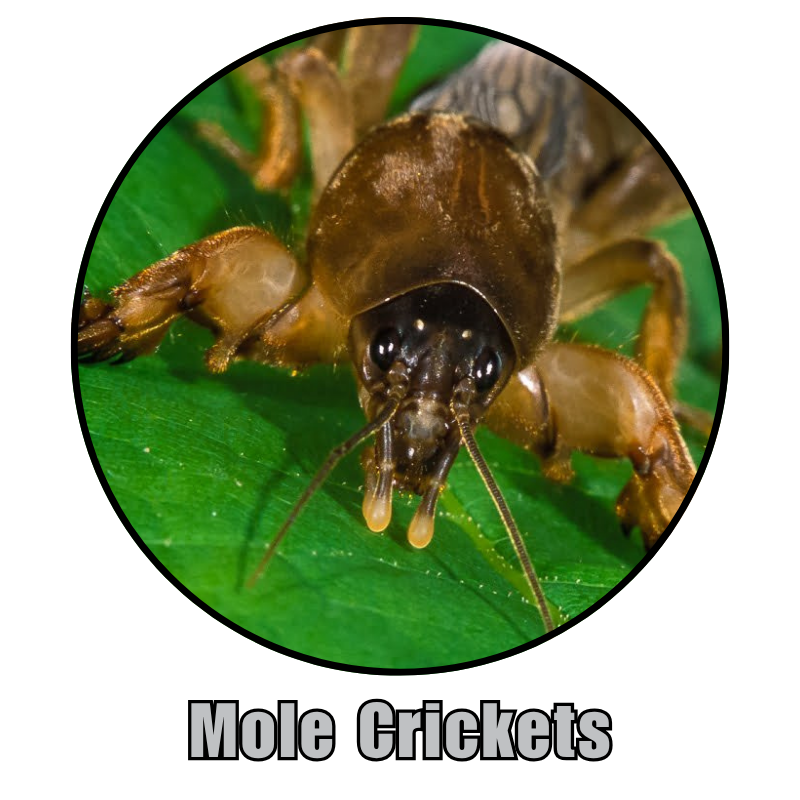
Behavior:
Insect that lives underground and has adapted forelegs for burrowing, resembling a mole.These insects are known to damage lawns and other plants by consuming roots and disturbing the soil. Mole crickets are cylindrical and brownish, with shovel-like front legs. They have small eyes and a soft abdomen.
They spend most of their lives underground, creating tunnels and mounds. They are nocturnal and most active in the fall. Mole crickets are omnivorous, feeding on plant roots and other insects. They damage lawns by disturbing the soil, killing grass, and creating tunnels.
Prevention:
Focus on maintaining a healthy lawn and modifying their habitat. This includes proper lawn care, reducing moisture, and potentially introducing natural predators. Additionally, consider using specific insecticides or other non-chemical control methods like beneficial nematodes.
Here’s a more detailed breakdown:
- Maintain a healthy lawn by mowing it at the recommended height, as this helps it resist mole cricket damage.
Irrigation: - Water your lawn appropriately, avoiding overwatering, especially in the evening, as mole crickets are attracted to damp soil.
- Regularly test your soil and add fertilizer or lime as needed to maintain a healthy lawn.
- Consider using tolerant grass cultivars like centipedegrass or zoysiagrass.
- Mole crickets prefer moist soil, so reduce irrigation, especially during the winter months, and avoid overwatering.
- Ensure proper drainage to prevent standing water, which can attract mole crickets.
- Minimize loose, sandy conditions by maintaining soil density.
